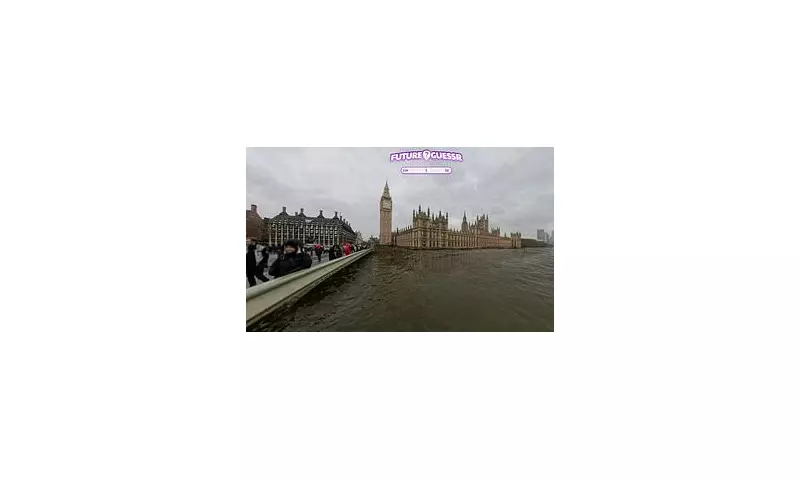
Imagine looking at familiar British landmarks and global destinations in the year 2100, only to find them dramatically altered or partially submerged. This isn't science fiction but a sobering projection based on current climate models.
The New Face of Britain's Coastline
By the turn of the next century, many of Britain's most cherished coastal areas could become unrecognisable. The Thames Barrier, designed to protect London from flooding, may face unprecedented challenges as sea levels continue their relentless rise.
Coastal communities from Cornwall to East Anglia could see significant portions of their towns and cities permanently underwater during high tides, forcing difficult decisions about coastal defence investments and potential managed retreats.
Global Landmarks Transformed
The visualisations extend beyond British shores, showing how iconic locations worldwide might adapt to their new aquatic realities. From New York to Shanghai, the relationship between human civilisation and the coastline is being fundamentally rewritten.
These projections aren't meant to alarm but to inform the critical conversations happening today about coastal planning, infrastructure investment, and climate adaptation strategies.
The Science Behind the Predictions
Researchers combined multiple climate models with topographical data to create these compelling visualisations. The scenarios assume continued greenhouse gas emissions at current rates, highlighting what could happen if global warming isn't adequately addressed.
While the exact timeline remains uncertain, the direction is clear: coastal living in the 22nd century will look dramatically different from what we know today.
Opportunity for Change
Experts emphasise that these projections represent one possible future, not an inevitability. The severity of these changes depends heavily on actions taken in the coming decades to reduce carbon emissions and implement adaptive measures.
From innovative flood defence systems to rethinking coastal development, humanity still has the power to shape how these predictions ultimately unfold.





